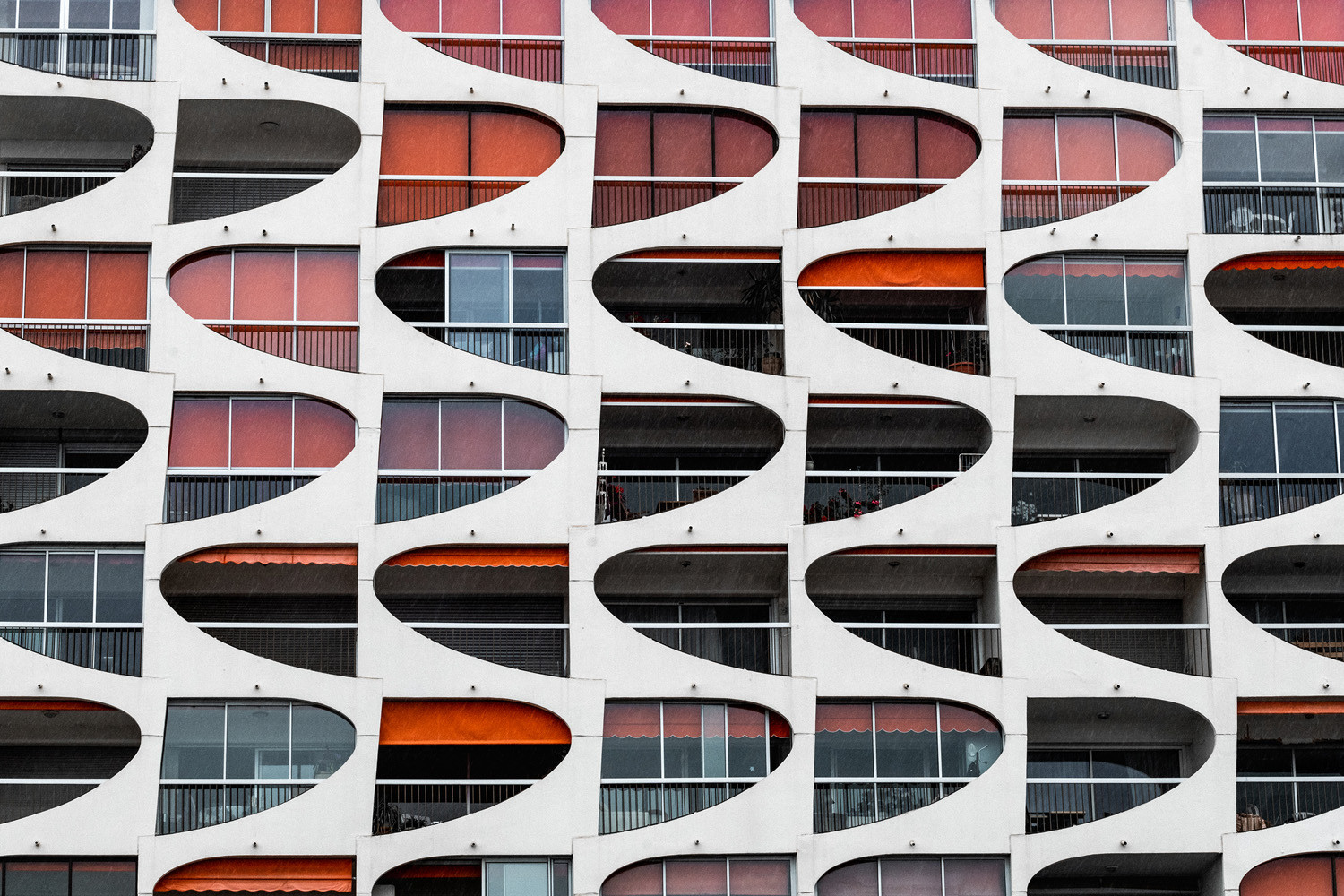
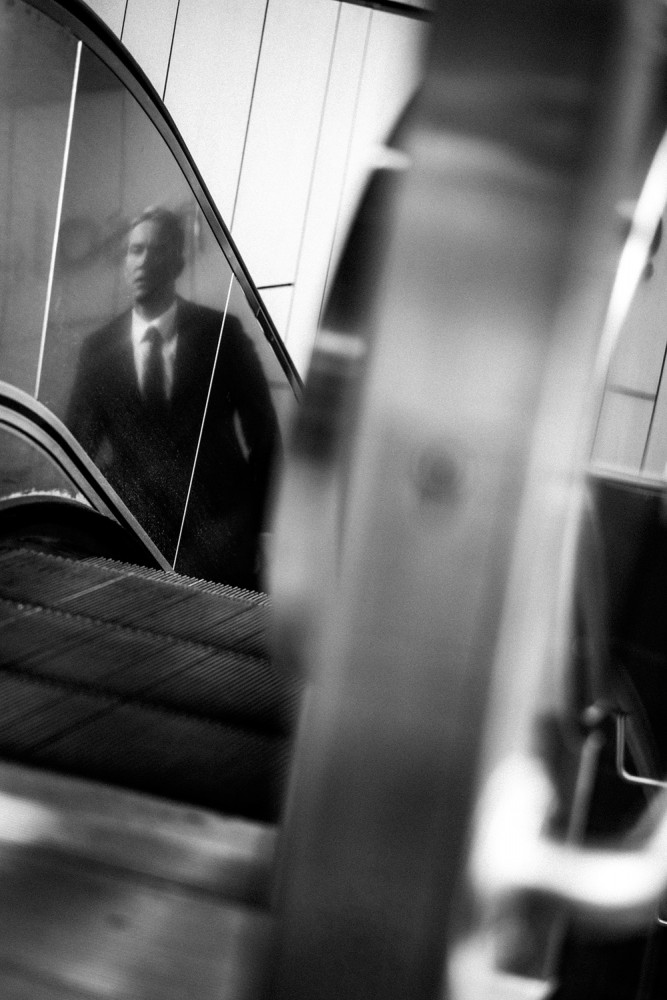
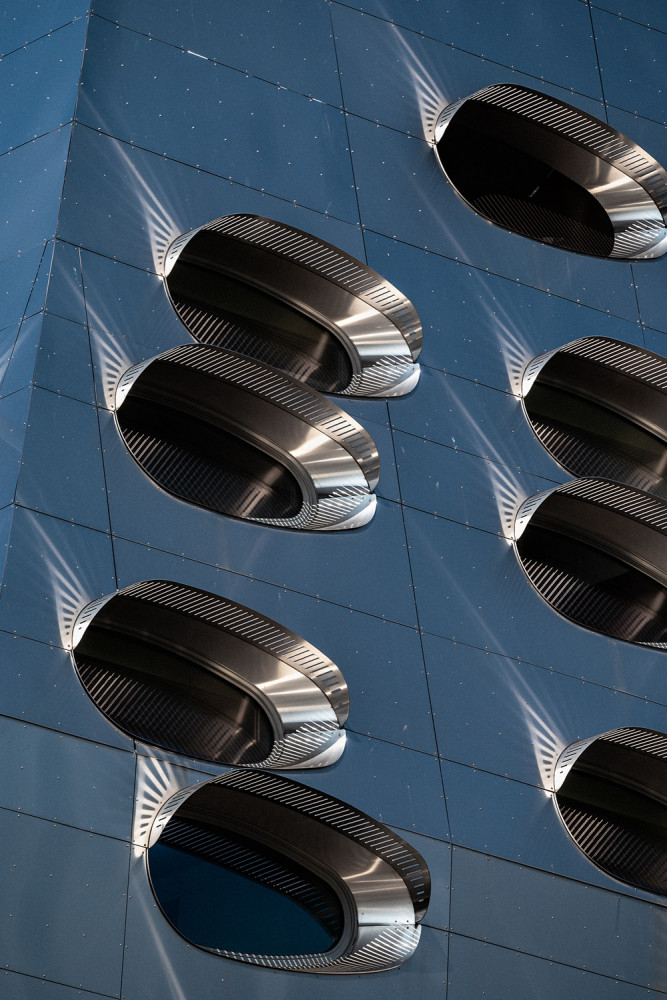
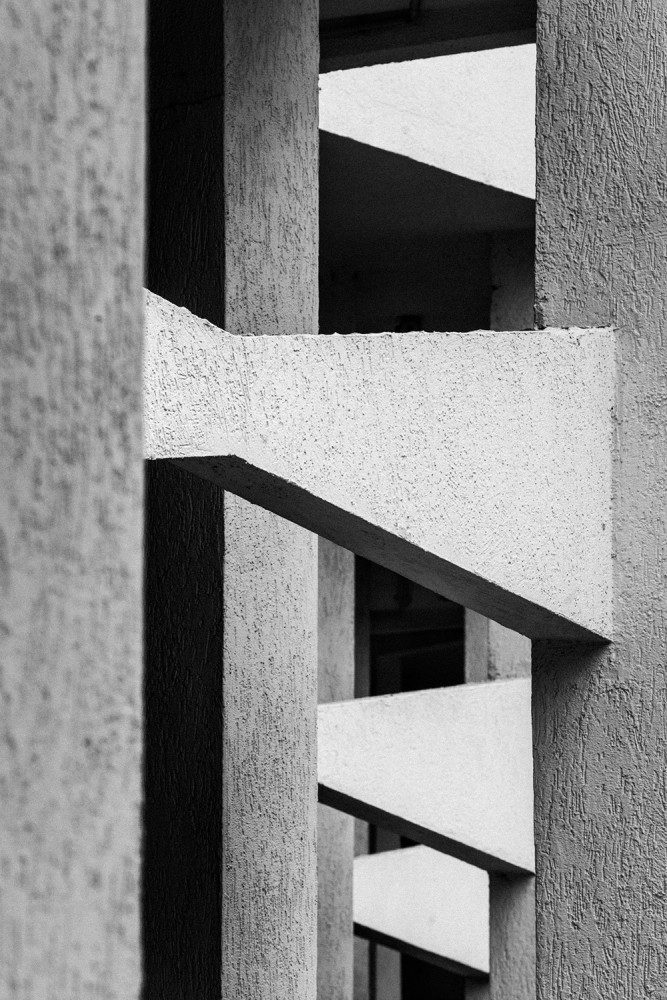
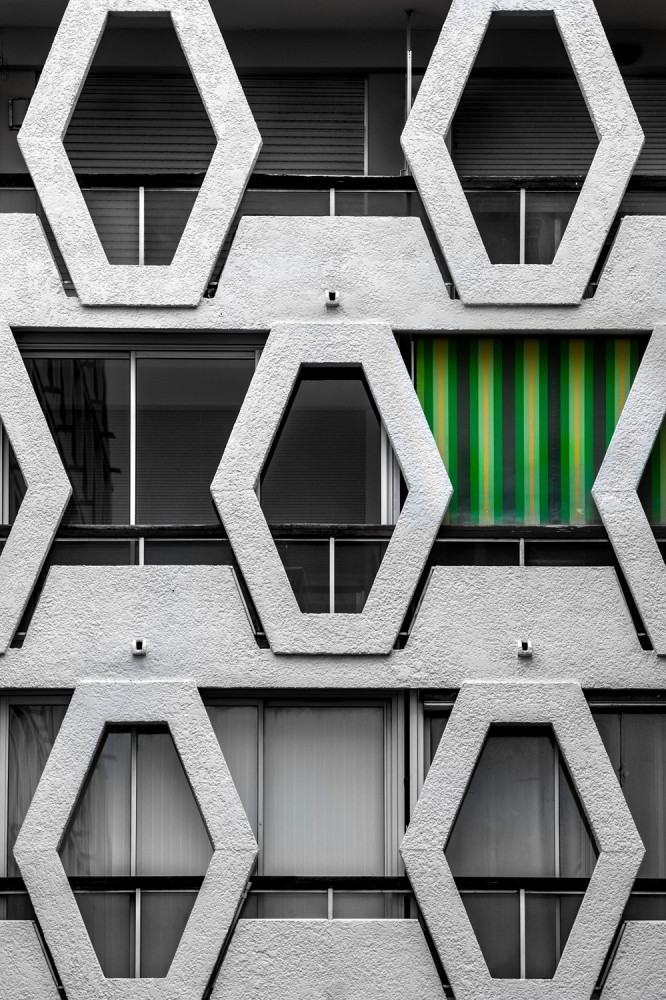


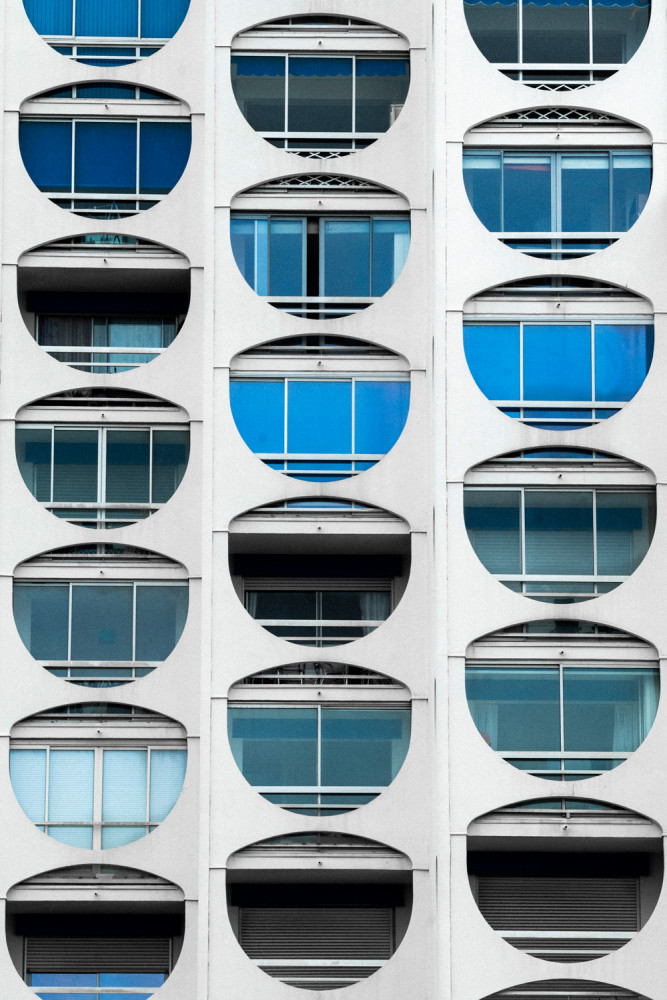
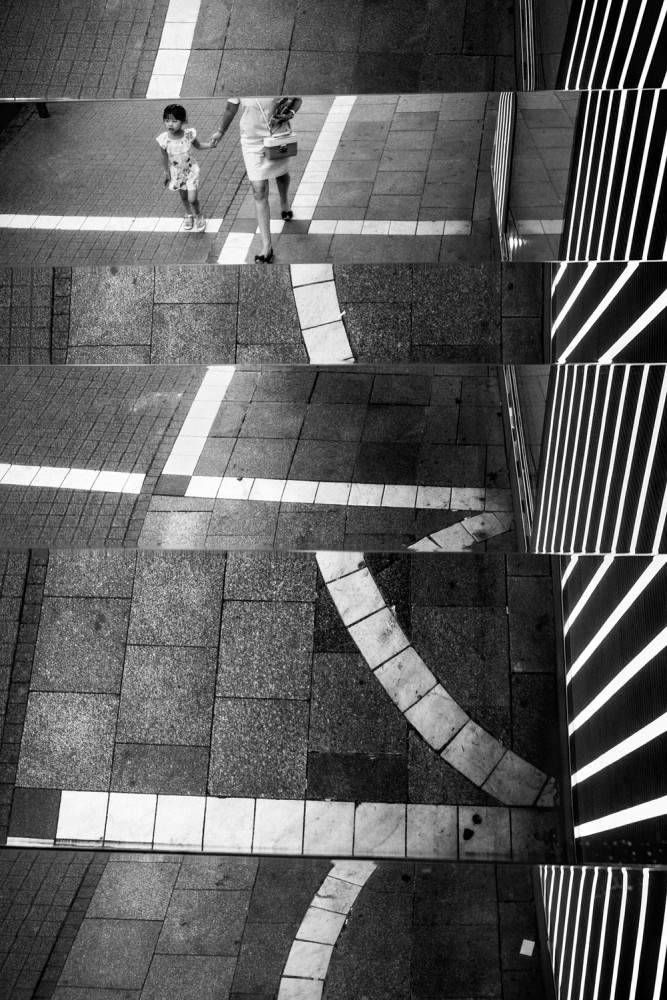
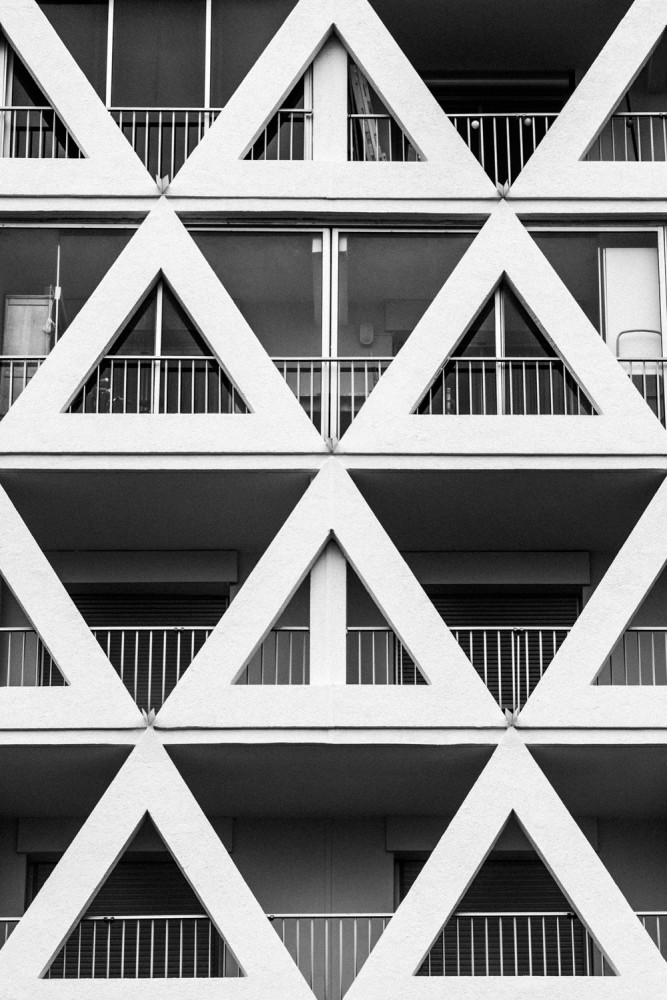
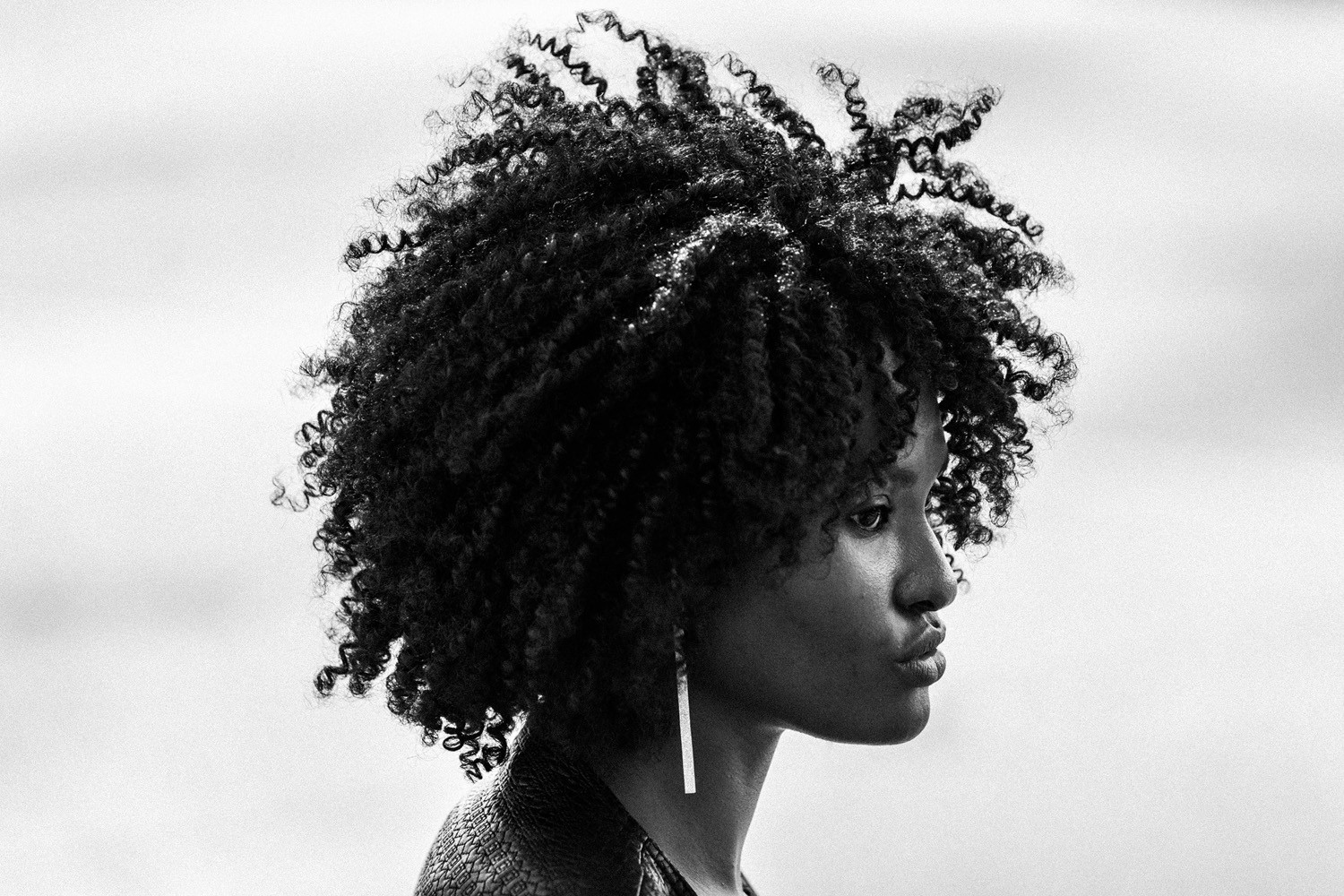
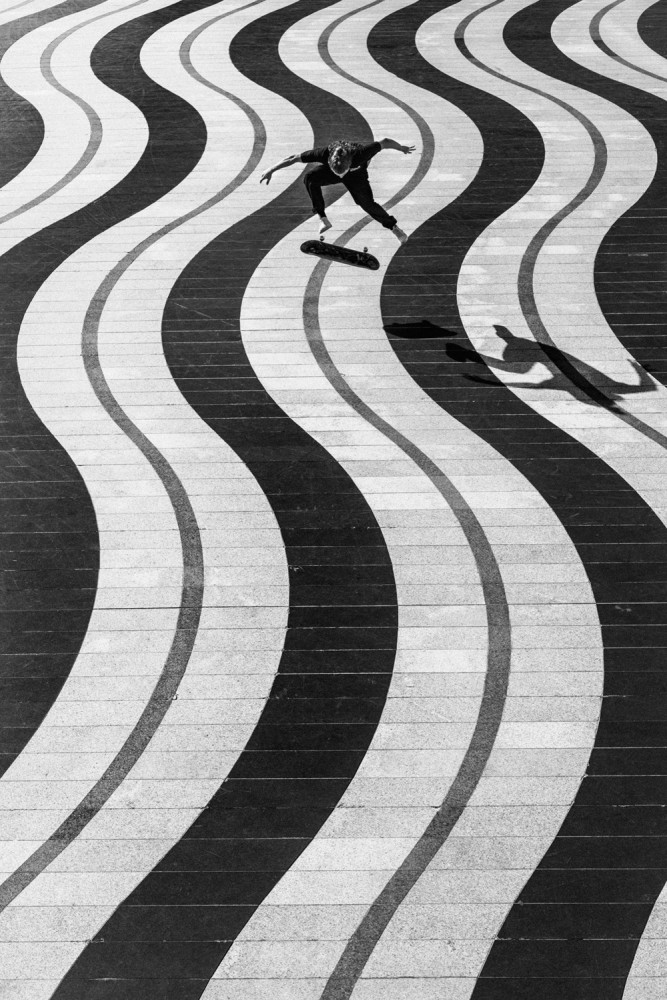
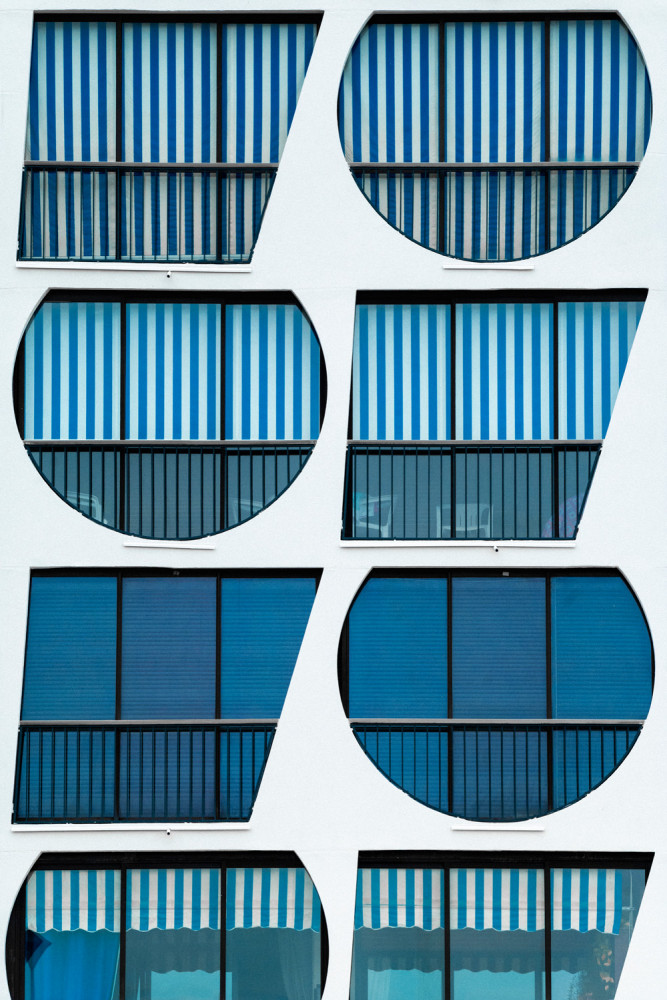
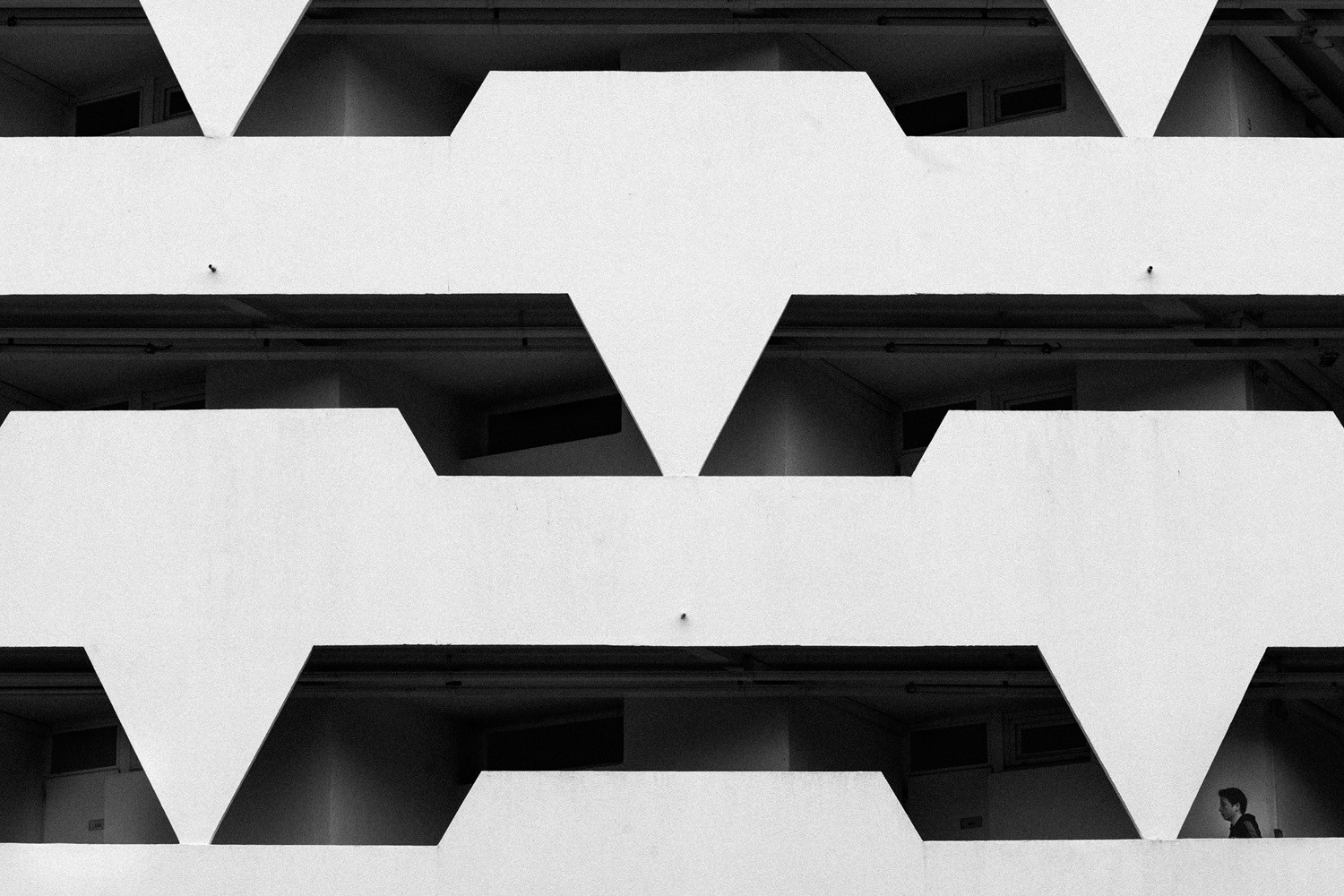
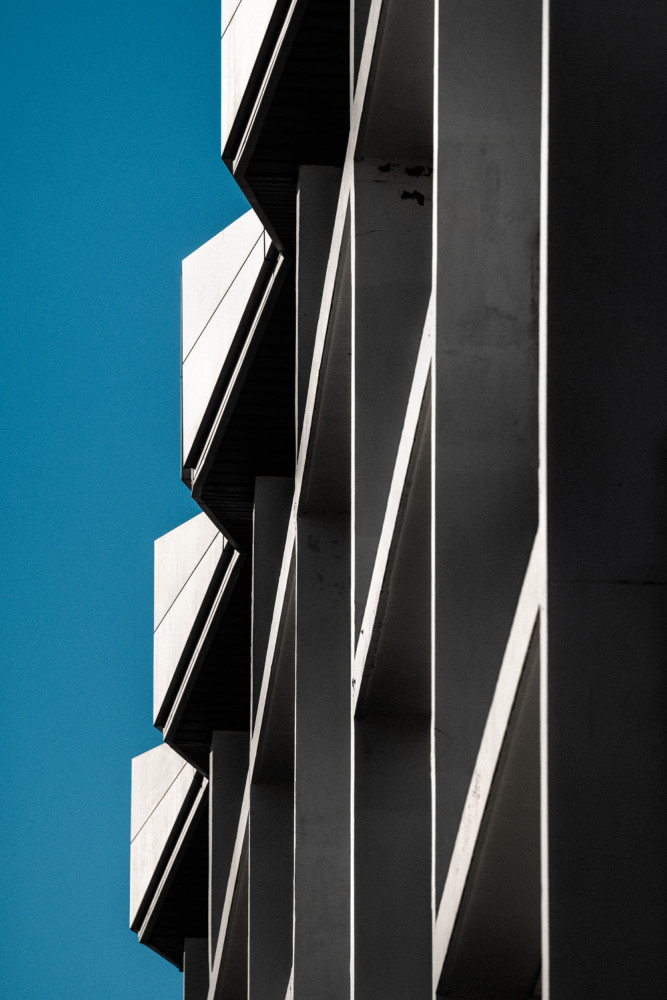
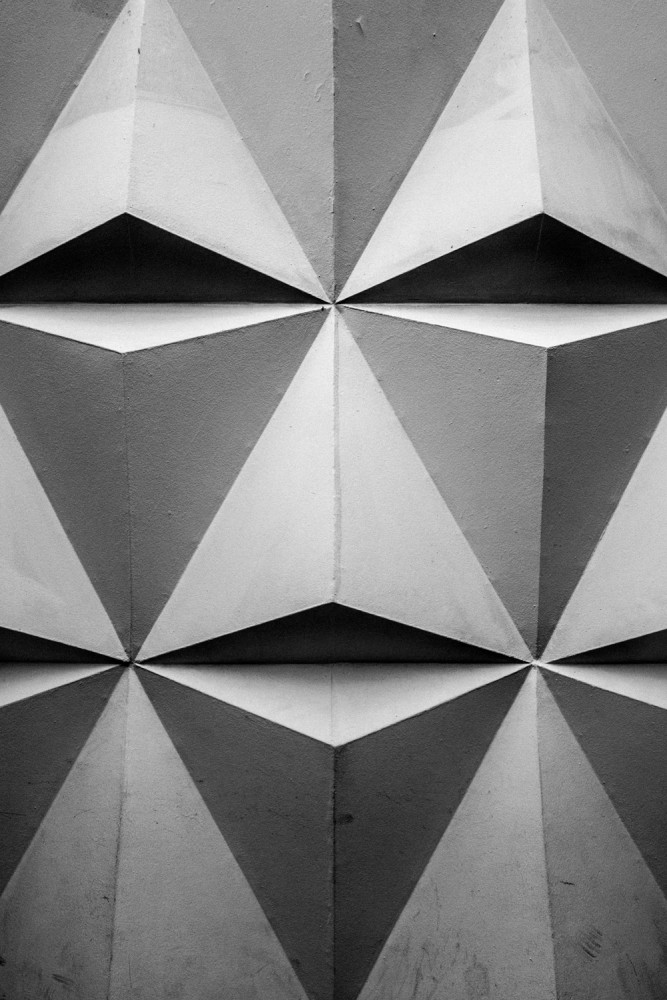
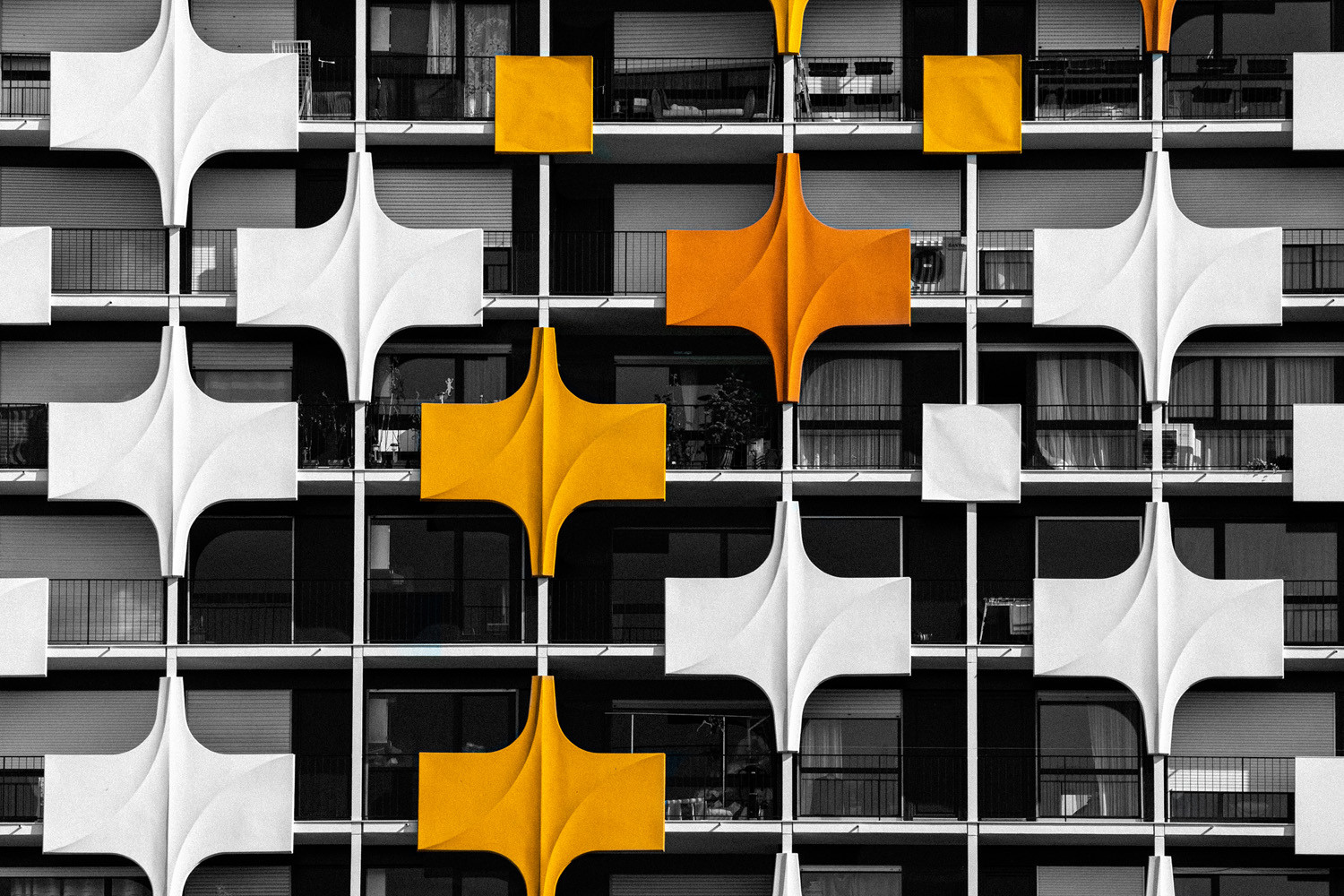
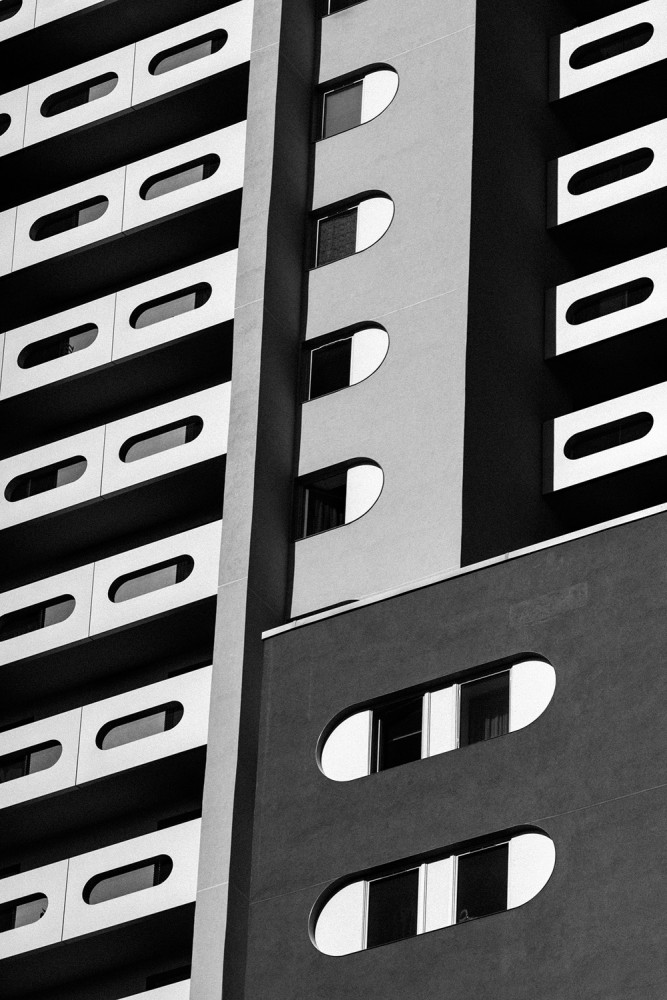
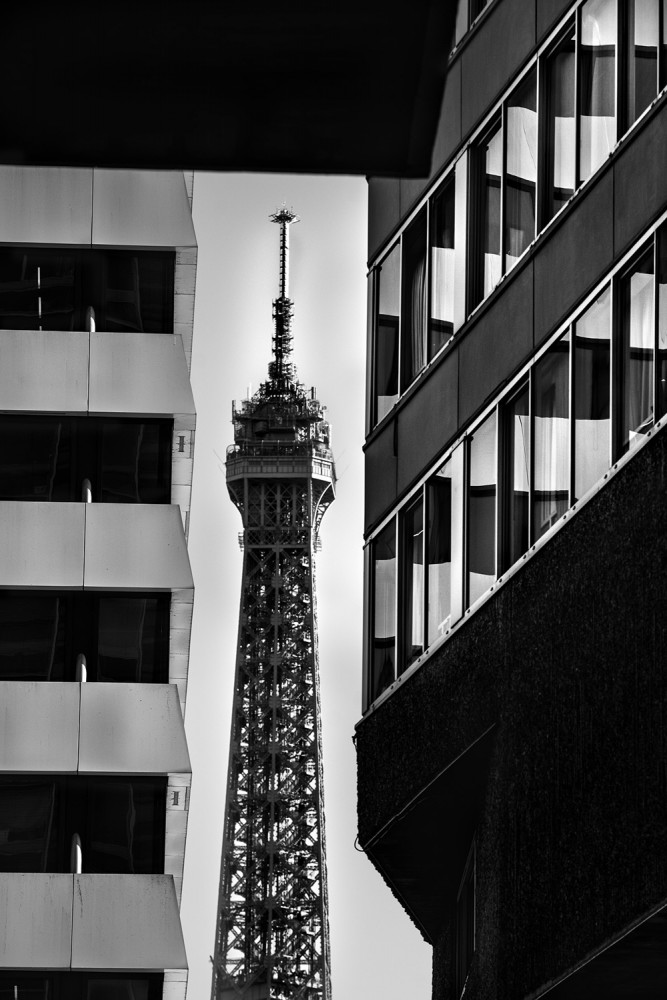
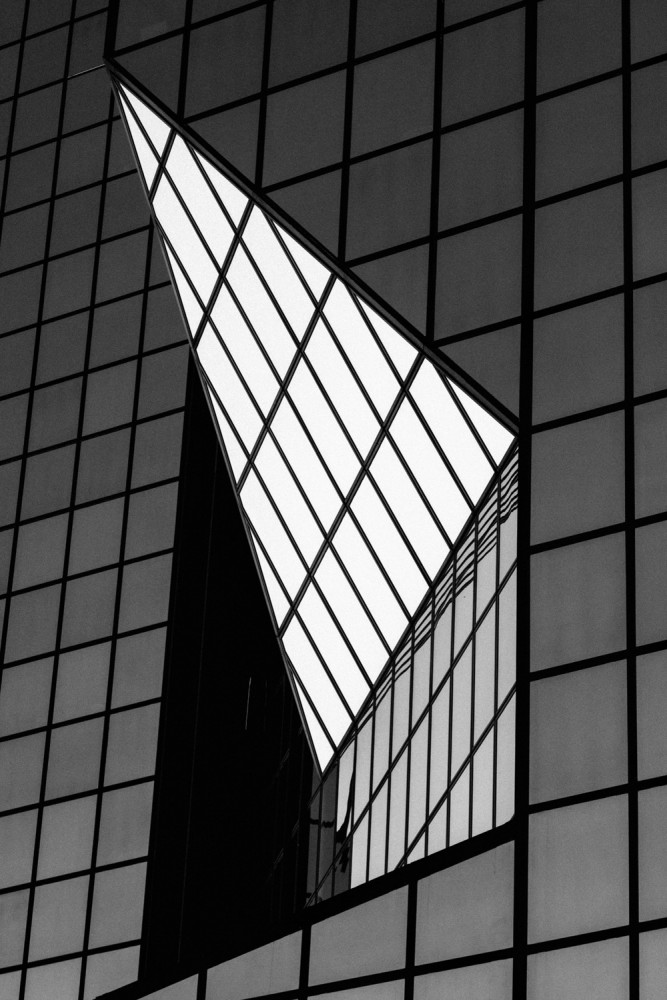
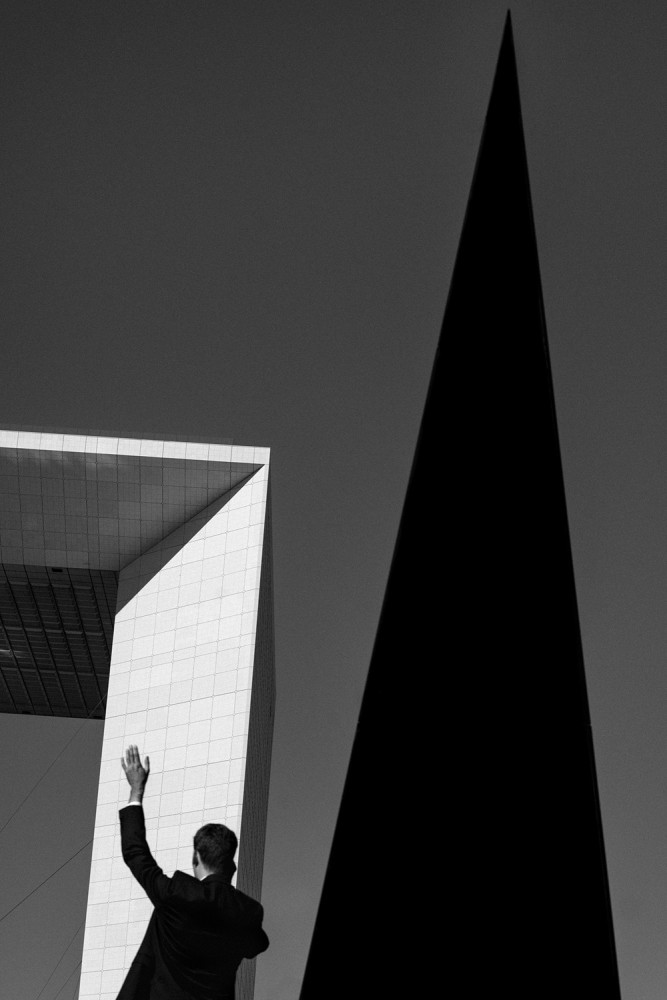





















INTERVIEW
Fred Mortagne
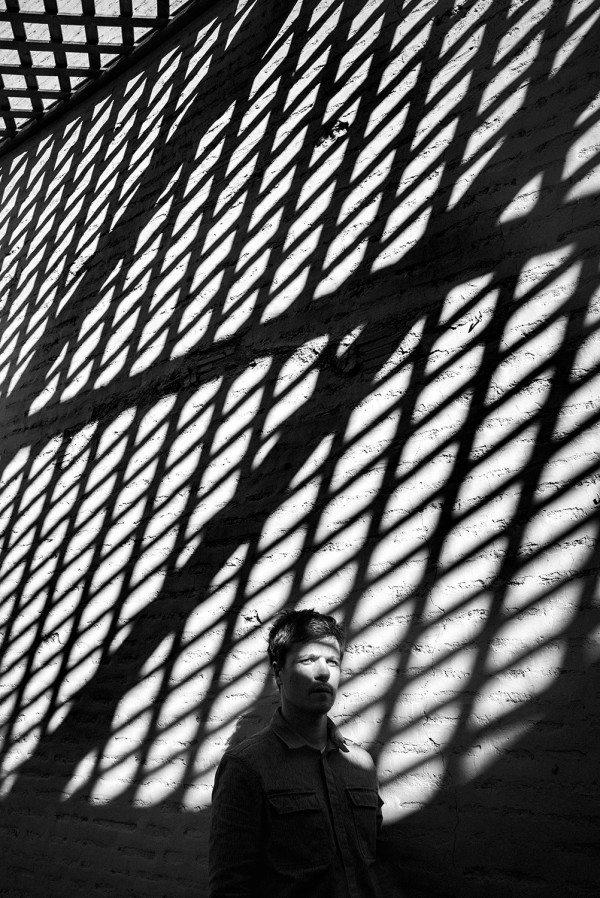
Photography: Fred Mortagne Camera: Leica SL with Vario-Elmarit-SL 24–90 f/2.8–4 ASPH. and APO-Vario-Elmarit-SL 90–280 f/2.8–4
Fred Mortagne takes photographs in side streets and deserted areas, always steering clear of stereotypes. Intricate in detail, his pictures are sensitive, poetic and critical descriptions of the world we live in.
What do facades tell us about the spaces they conceal?
Actually, I would say, very little. They’re like the skin of a living creature: a shell – quite literally, a front. The interior can sometimes be quite disappointing even if the facade is magnificent, and vice versa. In my work, I mostly focus on this overt exterior; I rarely enter the buildings that I photograph.
What is it that particularly fascinates you about surfaces, forms and structures?
I’ve only recently become consciously aware of this powerful visual attraction… I have mostly been shooting in cities and urban environments, whose forms, shapes and patterns – even though they’re not directly inspired by nature – still follow some very natural principles. Repetitive micro structures, found in cells, atoms, genes, are the basis of every life form. For me, focusing on this specific type of architecture is a way of staying connected to nature, even in an entirely manmade environment that is submerged in concrete. In hectic and chaotic urban surroundings, this brings me a certain sense of peace, even a kind of subtle relaxation.
How would you describe your visual style - as architectural photography, or photography of forms?
My primary focus is definitely on forms. I started shooting architecture without knowing anything about it, without any cultural knowledge. And in a way, I consciously maintain this lack of knowledge in order to allow for a more intuitive approach. I don’t follow or pay attention to the basic rules of architectural photography. Mandatory straight lines? Not in my images. I can do what I want, because I am taking an artistic approach, which negates the need for rules or codes. Rules are the enemy of fine-art photography.
Structure over effect - is this an accurate description of your visual approach?
Most definitely. It connects with something much deeper and more meaningful.
Photography also means to make something visible to the viewer. Are the detailed elements of a facade something that you wish to bring to people’s attention?
Photographers highlight subtle details of everyday life that mostly go unnoticed. In fact, this is one of the central purposes of photography. It shines a light on things that are usually left in the dark and, just like you said, makes them visible to the viewer. People can choose to focus on the pleasing aspects of their surroundings and have a generally positive experience of life, or they can choose to focus on the negatives.
Where did you shoot these images? To what extent does urban architecture vary from country to country?
This series mostly consists of photographs I took in France, but this is not the only reason why there is a certain continuity and visual connection between these images. I generally adhere to a very specific approach. I photograph all over the world. And yet, wherever I might be, I tend to search for universal aesthetics, rather than the cultural specificities of each country and location. This is also a way of reflecting on the realities of globalisation. The Western world is carrying out a planet-wide process of standardisation and, indirectly, a formatting of the human spirit that destroys its rich diversity. Despite appearances, as a humanist I don’t approve of this development, and its presence in my work is of a critical, rather than enthusiastic nature.
You created this feature with the Leica SL, along with a 24–90 mm and 90–280 mm zoom lens. What is your verdict?
I really appreciated working with both of these lenses, as I was able to select the exact focal length I required for each composition. At the same time, the image quality is just impeccable. Shooting at focal lengths beyond 90mm was unchartered territory for me. When I first took up photography, I worked with wide angle lenses, so this has opened up a whole new world. It encourages a more subtle view of the world and its details. I very much enjoy the work of Italian photographer Renato d’Agostin, who curtails his vision to specific details and aspects of life.
In addition to graphic elements, colours – and spots of colour – also play a role in your images…
I retained the ‘natural’ colours, and erased all of the other colour information – but I didn’t add any colours in post-processing. At the same time I felt that shooting purely in black and white would have been counterproductive. In principle, I have a strong dislike for these monochrome pictures of New York or London with just the yellow cab or the red double-decker bus highlighted in colour – I find them cheesy and clichéd. So this is a technique I use very rarely, but in this case it seemed appropriate. Because I mostly shoot in black and white, I tend to be attracted to locations in which colours don’t play a major role. However, if I do come across a building with interesting colours, I am open to integrating them into my work.
Is there a symbolic element to this series? What might facades signify?
There are some potential parallels to be drawn between architecture and the visual depiction of women, and I mean that with the utmost respect. On one level, the facade of a building could be compared to fancy clothes and dresses, make up and jewels. On another note, the legendary architect Oscar Niemeyer drew inspiration from the sensuous curves of women, celebrating their universal beauty in his consciously unembellished designs. For me, buildings represent something that is out of bounds. I feel at home in the streets, due to my long-standing passion for skateboarding. I am irresistibly drawn to the outdoors. Having to work inside on a sunny day makes me quite upset. To quote the Algerian-born essayist and environmentalist, Pierre Rabhi: “The alienated human race is caged by the modern world in all kinds of boxes: classrooms, offices, houses, cars… throughout our entire lives, until we end up in a coffin”. But my place is not inside a box.